Header Bidding Vs Waterfall - Which model works better?
Monetization
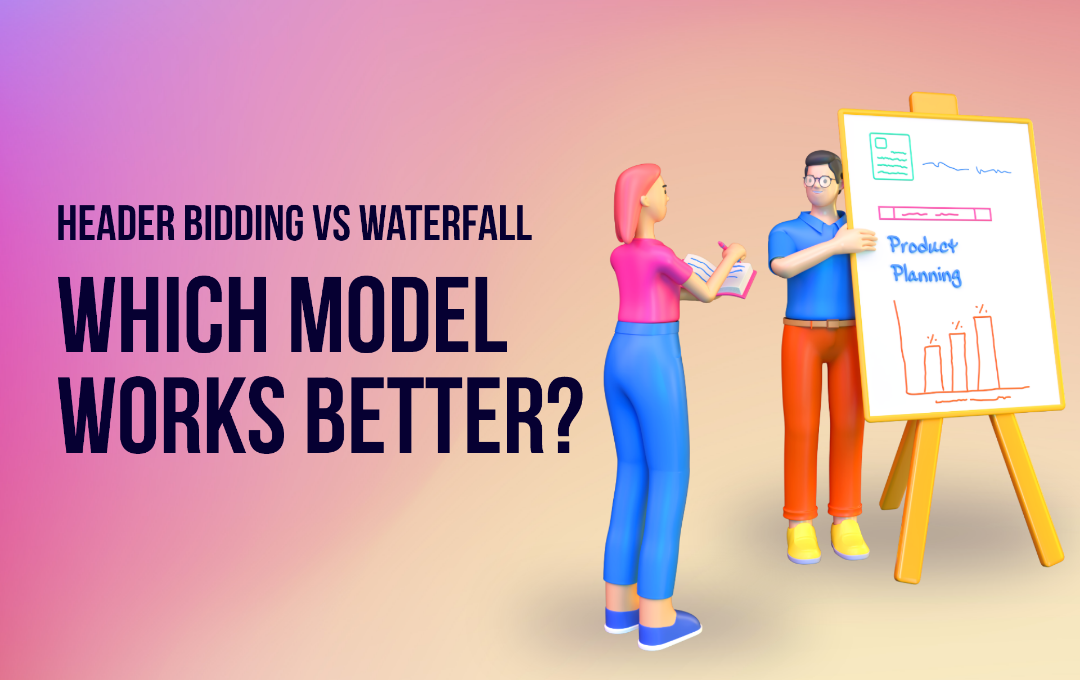
Table of Contents:
- What is a Programmatic Waterfall?
- How does Programmatic Waterfall work?
- Programmatic waterfall - Pros & Cons
- What is Header Bidding?
- How does Header Bidding work?
- Header Bidding - Pros & Cons
- Comparing Header Bidding vs Waterfall
- So, which is better?
App publishers dream of having efficient ad ecosystems, where ad spaces on their websites/apps generate maximum ad revenue. But achieving that dream means having a programmatic waterfall process or header bidding in place.
The programmatic waterfall concept is now going out of practice, as this allows publishers to highlight their ad inventory to multiple partners, without a reduction in ad costs. But, what are these? And why is the tech world buzzing with programmatic waterfall vs header bidding?
Let’s jump in!
What is a Programmatic Waterfall?
Programmatic waterfall or daisy chaining is a technique publishers use to sell any remaining ad inventory.
In the early days, publishers tried to sell their premium ad inventory using direct deals. This would often help generate more revenue. But, in most cases, it left publishers with an ad inventory that was not attractive to direct buyers. This is why the programmatic ad waterfall concept was designed. This model of app monetization delivers ads from networks based on historical eCPM or Effective Cost Per Mille, which allows publishers to identify whether an ad served in their app is effective enough to generate installs.
In this case, ad impressions waterfall from one ad network to another from highest CPM to lowest based on ad request.
Essentially, app publishers will try to sell the inventory directly at first, but if that does not work, it will pass the impressions to premium ad networks.
How does Programmatic Waterfall work?
Programmatic waterfalls are when SSPs or ad networks are ranked based on the average historic performance they have previously produced for publishers. So, this means that any SSPs or ad networks that have the highest:
eCPM or Effective Cost-Per Thousand Impressions - is calculated to demonstrate the ad revenue generated from 1000 impressions.
eCPM = Total Revenue
________________ X 1000
Total Ad Impressions
Fill rates - the percentage of ad impressions your ad received divided by the total number of ad requests and multiplied by 100%.
Fill Rate = Total ad impressions
_________________ X 100%
Total Ad Requests
Latency
The impressions calculated are then moved from one SSP/ad network to another in a specific sequence until they are sold.
Programmatic waterfall - Pros & Cons
There are multiple pros and cons when considering advanced auction solutions like programmatic waterfalls.
Pros:
Allows publishers to sell their remnant ad inventory
An easy setup process that only requires pasting passback tags from 1 SSP/ad network to another
Publishers can do manual ranking based on their order of preference and highest eCPM
Publishers can sell their inventory to a competing pool of direct buyers
Cons:
Publishers get low deals as the SSP/ad networks receive bids on impressions in a sequence instead of the real-time bidding option
Once impressions are passed onto the next step (SSP/ad network) the CPM price floor decreases. This prevents high-paying advertisers from bidding more and in turn decreases publishers' revenues
The process is long and has high page latency
The sequential selling process results in high impression discrepancy as opposed to where there is a single auction
What is Header Bidding?
Header bidding, or pre-bidding, is a programmatic technology where bid requests are sent to multiple demanding buyers (eg - Criteo, Google AdX, Xandr) for real-time bidding. Also known as advanced bidding, more than 84% of the USA’s top 100,000 websites implement header bidding, while more than half of US-based publishers agree that they received higher CPMs thanks to this.
This process helps publishers maximize yields for their ad inventory and sell their Ad slot or Ad inventory at the highest rates. Essentially, it is a type of programmatic auction where bid requests are sent out to multiple demand partners at the same time. This helps maximize the value of the ad inventory.
Once multiple buyers enter the competition, it pushes the demand partners to pay for more with the same ad impressions. Header bidding helps publishers by offering their premium ad inventory without the added risk of underselling it.
The entire process takes only a fraction of a second, and publishers need to look at implementing header bidding to maximize ad revenues for web pages.
How does Header Bidding work?
The header bidding technology sits right at the top of its wrapper, a JavaScript tag that is responsible for:
Making advanced auction solutions to demand partners
Evaluating bids
Communicating with the ad server
Wrappers help implement technology and manage demanding partners with ease. So, how does the header bidding wrapper work?
Step 1: Publishers need to paste the header bidding code into the header of the webpage
Step 2: As soon as the user visits the website, the wrapper makes an ad call to demand partners
Step 3: Demand partners submit their bids within a time frame or timeout in which bidders need to respond to prevent page latency
Step 4: Wrappers send the bid to the publisher’s ad server
Step 5: The highest bidder wins the real-time auction, and his ad gets displayed on the publisher’s page
Header bidding means that all demand sources participate simultaneously in the auction, and all app publishers can control which sources participate in the process. Also, publishers can increase their prices as they charge for premium inventory. With a reduction in the reliance on single supply-side platforms (SSPs), the overall yield increases, and as a result, there is an increase in the ad fill rate and a smart allocation of impressions that are sold to the highest bidder. Do you know that the Header Bidding model has reported reduced discrepancies as there is a single auction happening without any sequential chaining.
Header Bidding - Pros & Cons
Using Header Bidding solutions does have its pros and cons.
Pros:
Disintermediation: All advertisers have equal access to the inventory regardless of what header bidding software or tool they use
Transparency: With the right header bidding solution, programmatic ad buyers can now get a real-time look at all app publisher impressions, not just those that were not sold in the setup. Advertisers can also get publisher data directly from the source to make more informed decisions about their ad strategy
Better inventory: By using the header bidding technology, advertisers can access all publisher inventory which includes premium inventory that was previously available through the waterfall program
Cons:
Latency: Header biddings are known to reduce to number of passbacks that are common in waterfall auctions, and improves page loading time. But it does have latency issues of its own. Adding more scripts to a page slows down the page loading time, which in turn has a negative effect on user experience and results in the likelihood of lower ad views. Also, client-side header bidding needs multiple connections to be made, which can cause additional problems on mobile devices or where internet connections are slower.
Technical Overhead: Setting up the Header Bidding is not simple. There is a lot of learning and things can go wrong. So, header bidding calls on new skill sets that the largest publishers tend to have in-house
Management overhead: Once things are up and running, the Header bidding can be closely managed to ensure that it is performing well. Adjusting bids can take discrepancies into account, adjust timeout and chase down errors
Comparing Header Bidding vs Waterfall
| Waterfall | Header Bidding | |
| Technology | Impressions offered sequentially | Impressions offered are simultaneous |
| Revenue | No difference in Google AdSense | 50-80% revenue uplifting with Google AdSense |
| Set-up | Easy to set-up | Multiple complex |
| Ad Inventory | Usually remnants inventory | Complete inventory |
| Latency | High rates of latency | Lower latency |
| Fill Rates | Decreases when no one buys | Increases when competition increases |
| CPM | Impressions are sold with CPM at price floor | Higher CPM due to real-time auction |
| Performance Control | Is not possible to evaluate ad performances | Possible to evaluate ad performances with bid-level reporting data |
| Discrepancy | High ad level discrepancy | Low ad level discrepancy |
| Demand partners | Limited numbers | Multiple numbers |
So, which is better?
The programmatic waterfall model is not the most viable situation for ad monetization but publishers still use it to organize the ad inventory or run A/B testing before running an open auction. On the other hand, despite its popularity, the biggest challenge header bidding faces is the imperfections of the two types - server side vs client side. The server-side bidding auction lacks cookie matching options required for targeting. This leaves publishers with fewer impressions. Client-side header bidding runs on the user’s browser and harms loading speed.
We at KalaGato offer app publishers a way out. In one swift motion, you can sell your app to the highest bidder without the added stress of wondering which model Waterfall vs Header bidding works for you.
With KalaGato you can now sell your app within 30 days. You can directly communicate with decision-makers to sell your app. Get your app evaluated by experts and receive an offer within 2 weeks with KalaGato.
FAQs:
1. What are the 3 major differences between header and waterfall bidding in programmatic?
Three major differences between header vs waterfall bidding in programmatic ads are:
Technology - In Waterfall bidding the impressions are offered sequential, whereas for Header Bidding it is offered simultaneously
Revenue - There is no difference in Google AdSense for Waterfall bidding, whereas there is a 50-80% revenue uplift in Header Bidding
Set-up - Waterfall is easy to set up, whereas Header bidding has multiple complexities involved
2. Is header bidding good?
Header bidding is great for allowing publishers simultaneous auction options from various bidders, while publishers can sell inventory on a per-impression basis. Because of this, there is less reliance on single SSPs that allows for the smarter allocation of impressions and increasing filling rates.
3. What is header bidding wrapper?
Header bidding wrapper or framework organizes buyers and sets the rules for programmatic auctions. Publishers can then maximize the demand sources competing for impressions in the auction without needing to add codes for each bidding member.
4. What is the major drawback of waterfall model?
The major drawback of the waterfall model is low flexibility. It is difficult to make any changes during the process, or it might even be impossible.
5. What are the reasons for the failure of waterfall model?
The waterfall model failed due to:
- Bidding maintained in a sequence, so publishers get low deals
- CPM price floor decreases once impressions are passed onto the next step (SSP/ad network)
- The process is long and has high page latency
- High impression discrepancy due to sequential selling process
Recent Posts
- Top 6 Popular App Monetization Platforms for Android AppWednesday, April 26, 2023
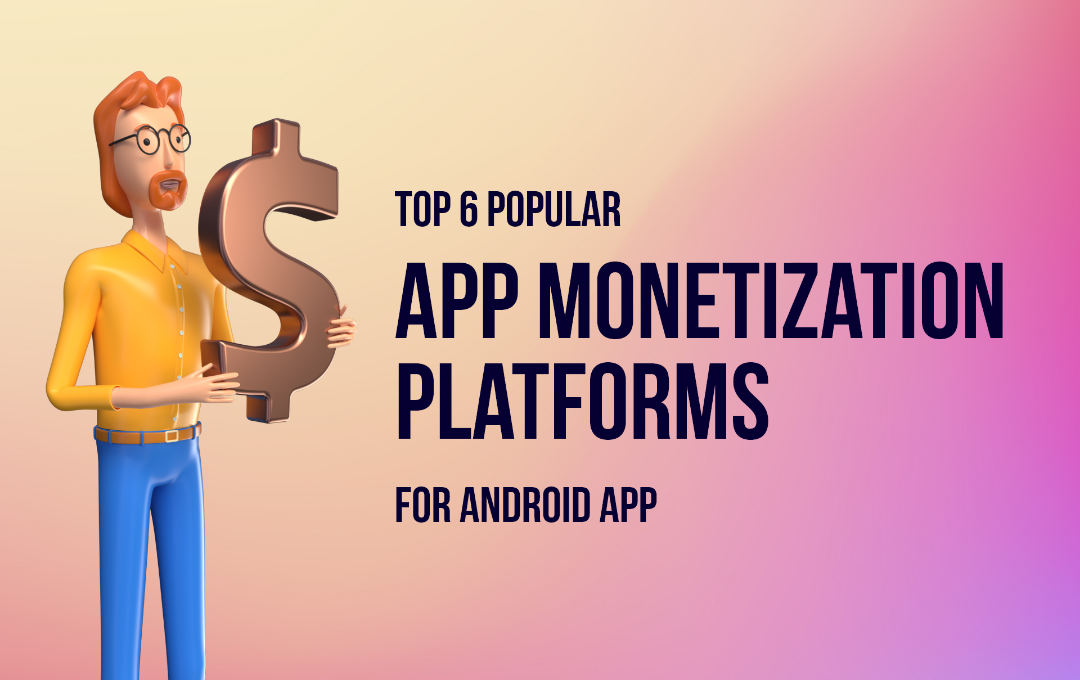
- How to monetize a mobile app? Here's a complete guideWednesday, December 7, 2022
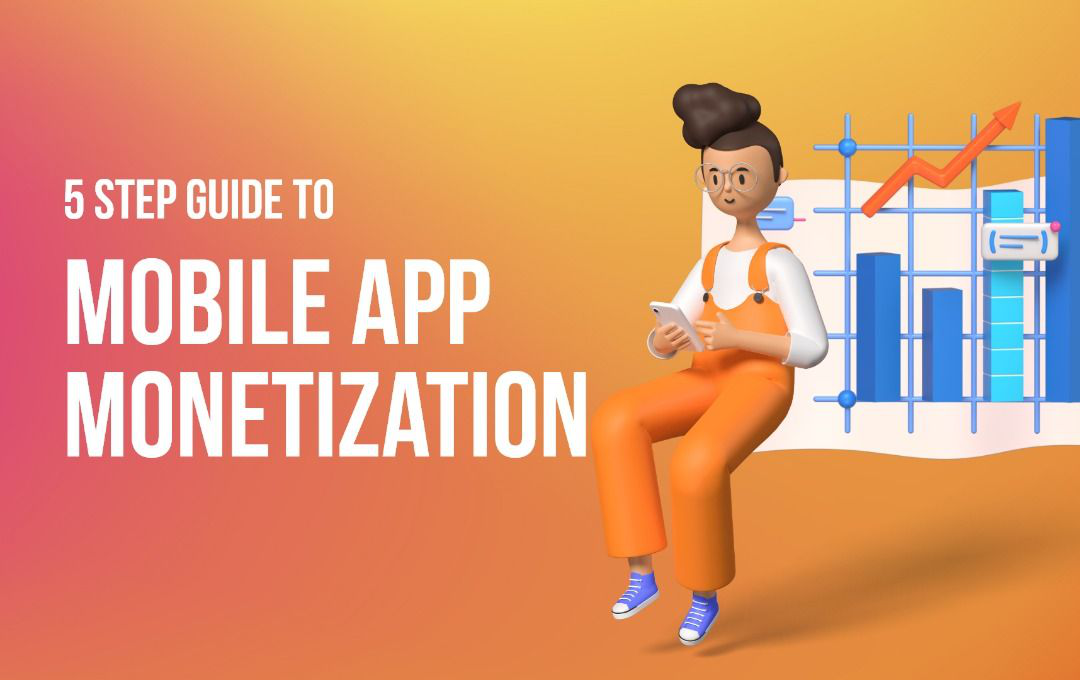
- 5 Ways to grow your app organicallyFriday, December 2, 2022
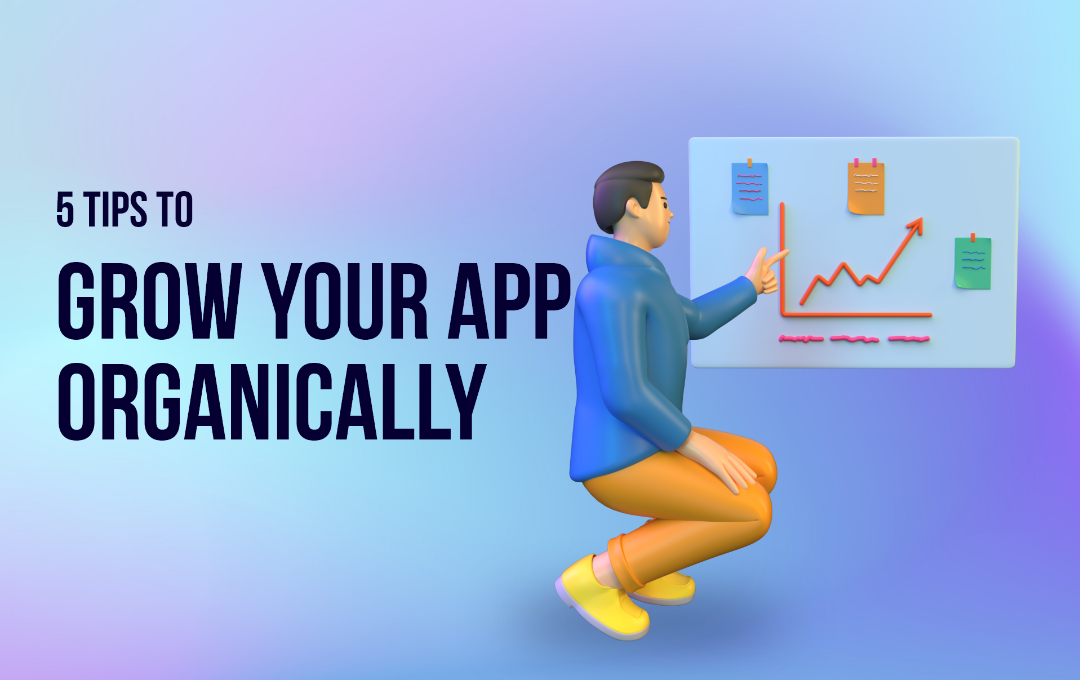
Interested in selling your app?
Share this Post
Similar Posts
 Monetization
MonetizationTop 6 Popular App Monetization Platforms for Android App
Wednesday, April 26, 2023 Monetization
MonetizationHow to monetize a mobile app? Here's a complete guide
Wednesday, December 7, 2022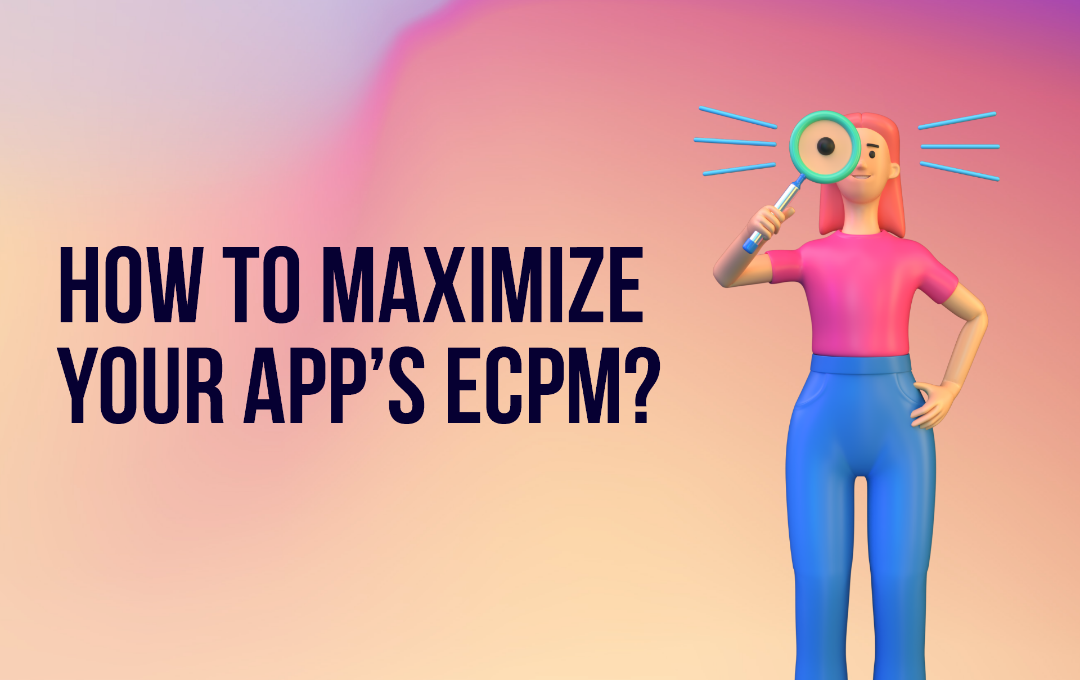 Monetization
MonetizationA Full-Proof 5 Step Guide on How to Maximize Your App’s eCPM
Friday, December 2, 2022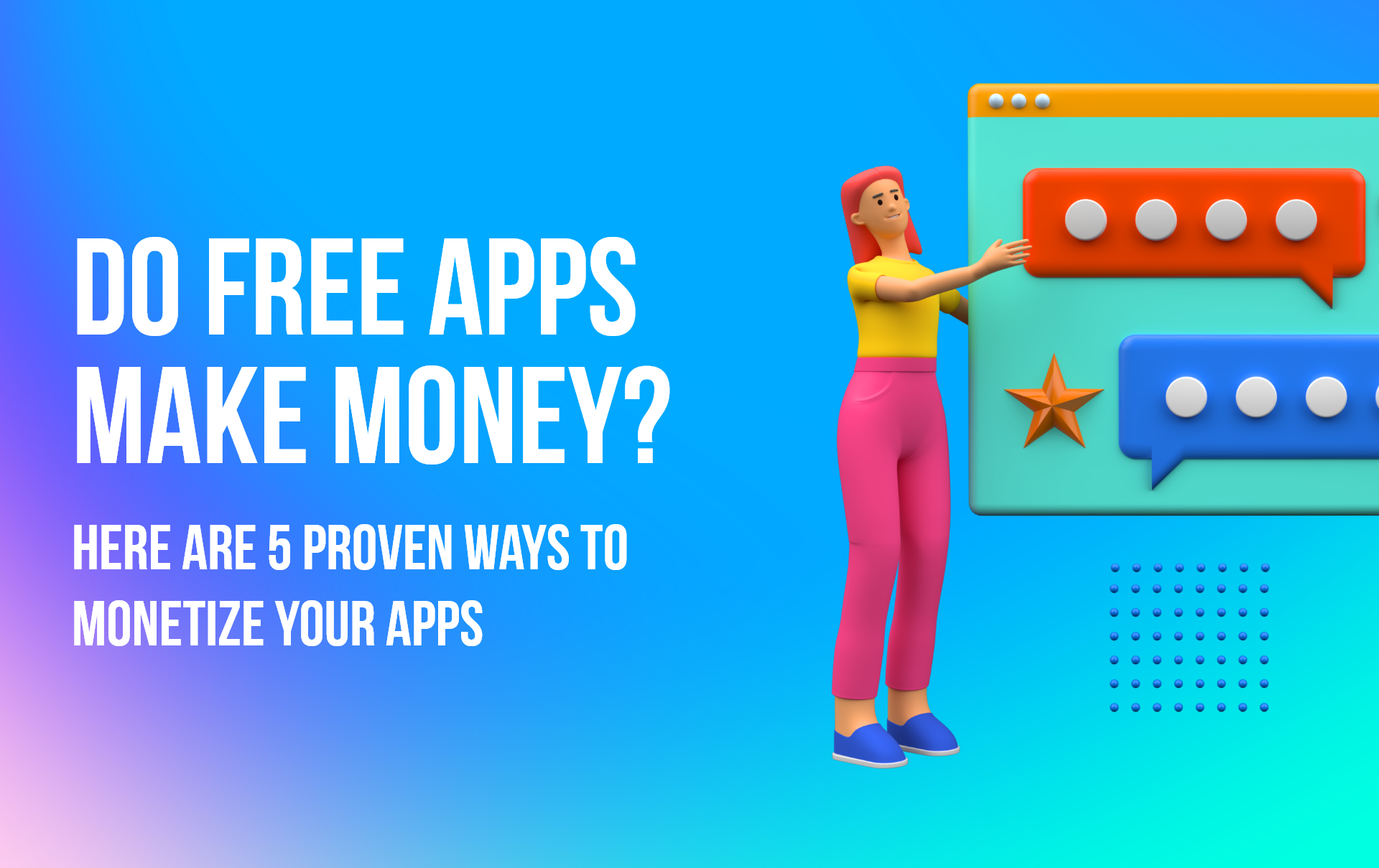 Monetization
MonetizationDo free apps make money? Here are 5 proven ways to monetize your apps
Friday, December 2, 2022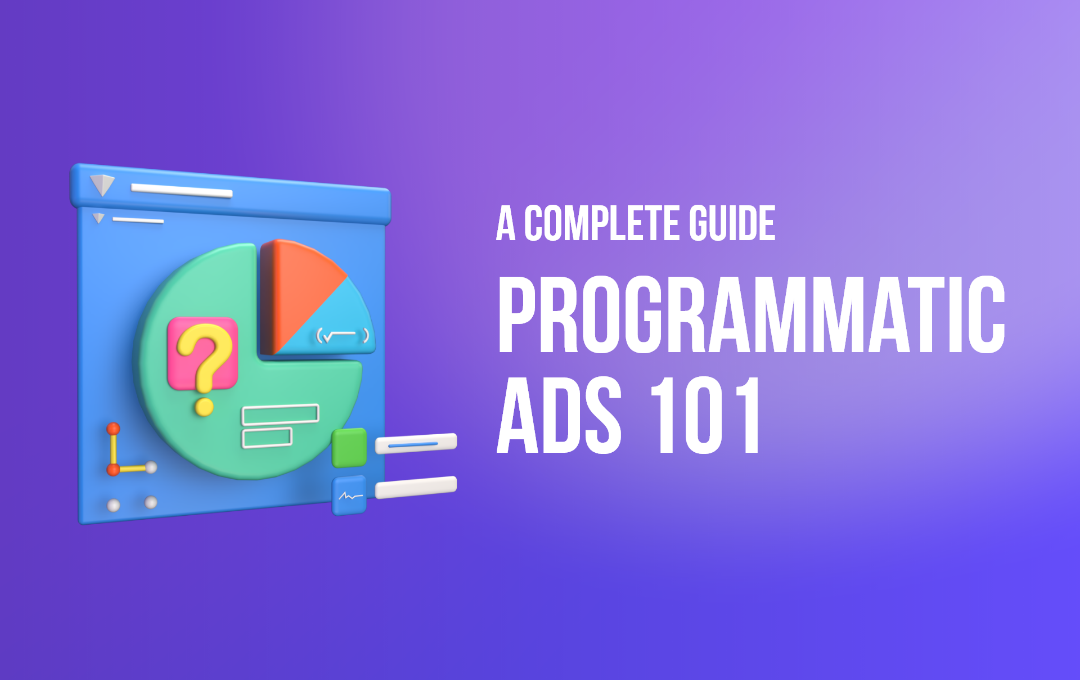 Monetization
MonetizationWhat are Programmatic Ads? Meaning, Examples & Importance
Friday, December 2, 2022
We buy the top 1% of mobile apps & grow them.


